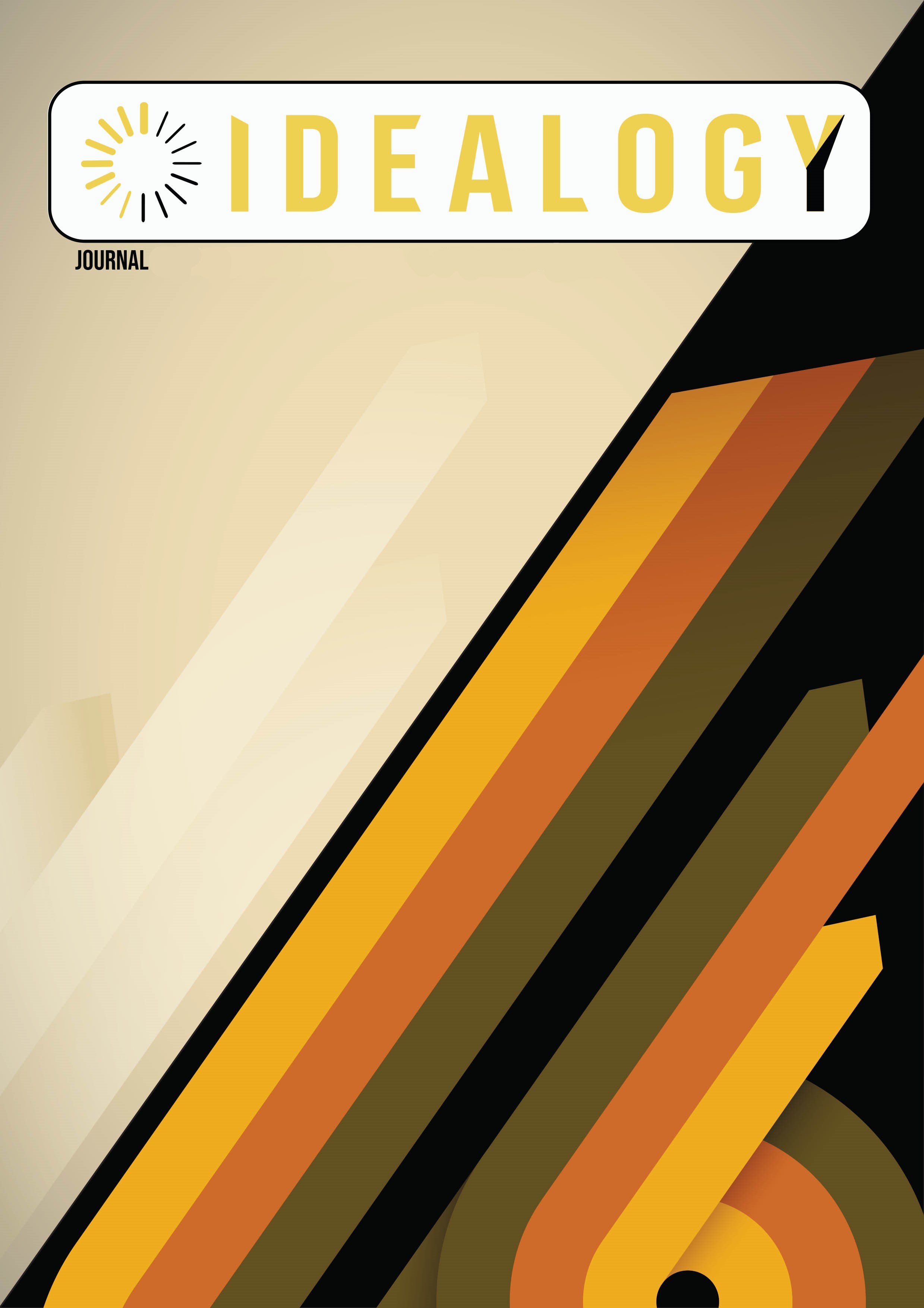The Exhibition Structure and Its Impact Towards Visitors’ Understanding at a Museum
Keywords:
exhibition structure, impact, museumAbstract
The museum relationship with the public has evolved. Back then, the architecture grandeur of museums and its collections; existed in their own sphere; serving only as gatekeeper to history, heritage and culture. However, museum has travelled in term of development and services, from ‘cabinets of curiosities’ to an institution that communicates through their product which are meaningful, stimulating and, above all, relevant to today’s visitors.
Today as public expectation of museums changes, museums now take additional roles in the community. While continuing to collect, catalogue, preserve and study its collection, museums have now become an influential institution in generating and transferring of knowledge. They must enrich community life by making their collections accessible, useful and provide a space for interaction and knowledge exchange.
In facing these positive developments and changes, there are bigger challenges that museums today have to face. One major challenge is their ability to attract, create curiosity and entertain visitors. There is an important need to initiate interesting exhibition and programs that are relevant, innovative and fun so that visitors’ experience is enhanced. Complementary to this, elements such as exhibition structure which can help in facilitating the visitors understanding the message has yet to be proven. Therefore, the Shannon and Weaver model will be used to measure the effectiveness of exhibition structure towards visitors understanding and its impact towards the exhibition. Through quantitative method, survey questionnaire will be distributed to 364 random visitors in Islamic Arts Museum Malaysia. The five-point type scale adopted to measure the exhibition structure which can lead the museum to convey their intended messages successfully to the visitors.
Downloads
Published
License
UiTM Press (the Publisher) has agreed to publish the undersigned author’s paper in Idealogy Journal. The agreement is contingent upon the fulfilment of a number of requirements listed below.
1. The undersigned author warrants that the paper entitled below is original, that it is not in any way libellous or unlawful in Malaysia, that it does not infringe any copyright or other proprietary right. The undersigned hereby represents and warrants that he/she is the author of the paper, except for material that is clearly identified as to its original source, with permission notices from the copyright owners where required. The undersigned represents that he/she has the power and authority to sign and execute this agreement.
2. The undersigned author warrants that the paper entitled below has not been published elsewhere, and also it will not be submitted anywhere else for publication prior to acceptance/rejection by this Journal.
3. By submitting the paper entitled below, the undersigned author agrees to transfer the rights to publish and distribute the paper in an international e-journal (entitled above) to Publisher.
4. The undersigned author agrees to make a reasonable effort to conform to Publisher's submission guidelines and to liaise with the editor to ensure that the requirements of these guidelines are met to a reasonable degree.
5. The corresponding author signs for and accepts responsibility for releasing this material on behalf of any and all coauthors. This agreement is to be signed by at least one of the authors who has obtained the assent of the co-author(s) where applicable. After submission of this agreement signed by the corresponding author, changes of authorship or in the order of the authors listed will not be accepted.


